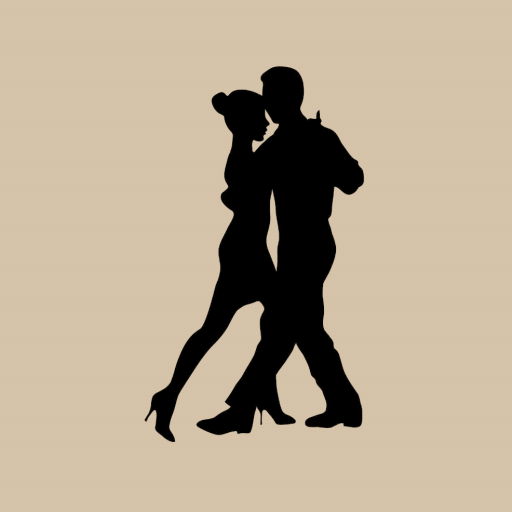The quickstep originated in the 1920s in New York ballrooms, drawing from foxtrot, Charleston, and jazz influences before being standardized as a competitive style. As a dance of lightness and speed, the quickstep is often associated with elegance paired with lively flair. Music for quickstep is often fast jazz or rock (set in 4/4 meter, usually at 192–208 BPM), making it one of the fastest ballroom rhythms.
How to recognize when to take the first step when dancing Quickstep?
To recognize when to take your first step, listen for the clear driving beat, often accentuated by percussion and brass. The quickstep rhythm alternates “slow–quick–quick” patterns, which can feel almost like skipping across the floor. Step on beat 1 with a “slow,” then let the music propel you through the quicker syncopations.
How to dance Quickstep?
As a fast ballroom standard, you should take a closed frame with your partner and move with buoyant, clipped steps. Stay light on the balls of your feet, keep your posture tall, and let your body travel quickly while maintaining a sense of control and elegance.
Practice now with the Dancebeat app
Get the Dancebeat app now to practice
- recognizing the correct dance for the played music.
- recognizing the dance steps of each dance.
- recognizing the right moment to take your first step.
Sources
- James Mehl: Professional ballroom dance consultant
- National Dance Council of America. Compiled Rule Book Master v2 (March 2022). PDF file, National Dance Council of America, 2022.
https://www.ndca.org/ – Compiled Rule Book Master v2.pdf. Accessed 24 Aug. 2025. - Elite Dance Studio. “History of Quickstep.” Elite Dance Studio, 8 June 2018, https://www.elitedancestudio.net/blogs/history-of-quickstep/. Accessed 24 Aug. 2025.


